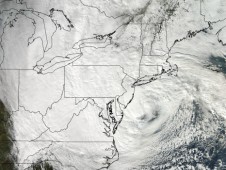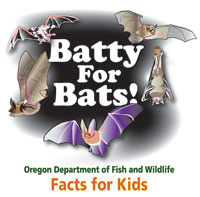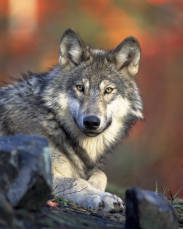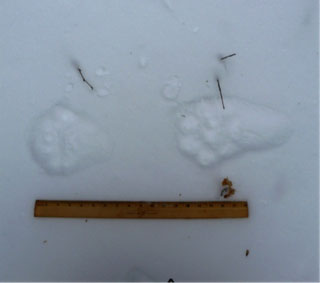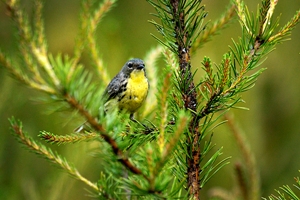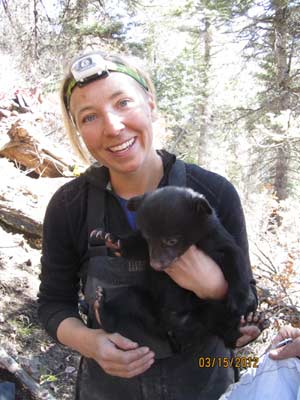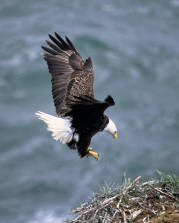 It took a long time to sort out, but this week the the federal Justice Department clarified its stand on native people possessing eagle feathers. The policy said that tribal members can possesses or wear feathers from bald or golden eagles. They can also lend, give or trade the feathers or bird parts to other tribal members, as long as money doesn’t change hands.
It took a long time to sort out, but this week the the federal Justice Department clarified its stand on native people possessing eagle feathers. The policy said that tribal members can possesses or wear feathers from bald or golden eagles. They can also lend, give or trade the feathers or bird parts to other tribal members, as long as money doesn’t change hands.
Further, tribal members can keep eagle feathers that they pick up off the ground, but they can’t kill or harass the federally protected birds to get the feathers. There’s a federal depository for eagles that were accidentally killed, and tribal members can apply to receive feathers or parts from the repository for ceremonial purposes.
The US Fish and Wildlife department also issues a few permits for tribal members to kill eagles for religious purposes.
The Summit County Citizens Voice was the article getting all the buzz. Read the article, here.
You can also check out the Washington Post‘s take on the issue, here.
But now that we have eagle situation solved, other migratory birds are an issue. An Alaskan man was stunned to find out that selling items decorated with bird feathers is illegal, the Anchorage Daily News reports. As a member of the Tlingit nation, he felt that he was just doing what his people had done for generations. He settled the case for a $2,005 fine.
Unfortunately, the article does not clarify how the federal Migratory Bird Act applies to tribal members, but it is likely that the rule is similar to the rule for eagle feathers and parts.
Read the Anchorage Daily News story here.
Photo by Dave Menke, courtesy US Fish and Wildlife Service
 Chronic wasting disease (CWD), a prion disease affecting deer, has been found in a new region of Wyoming, about 40 miles away from an area in Utah where CWD had recently been found.
Chronic wasting disease (CWD), a prion disease affecting deer, has been found in a new region of Wyoming, about 40 miles away from an area in Utah where CWD had recently been found.
